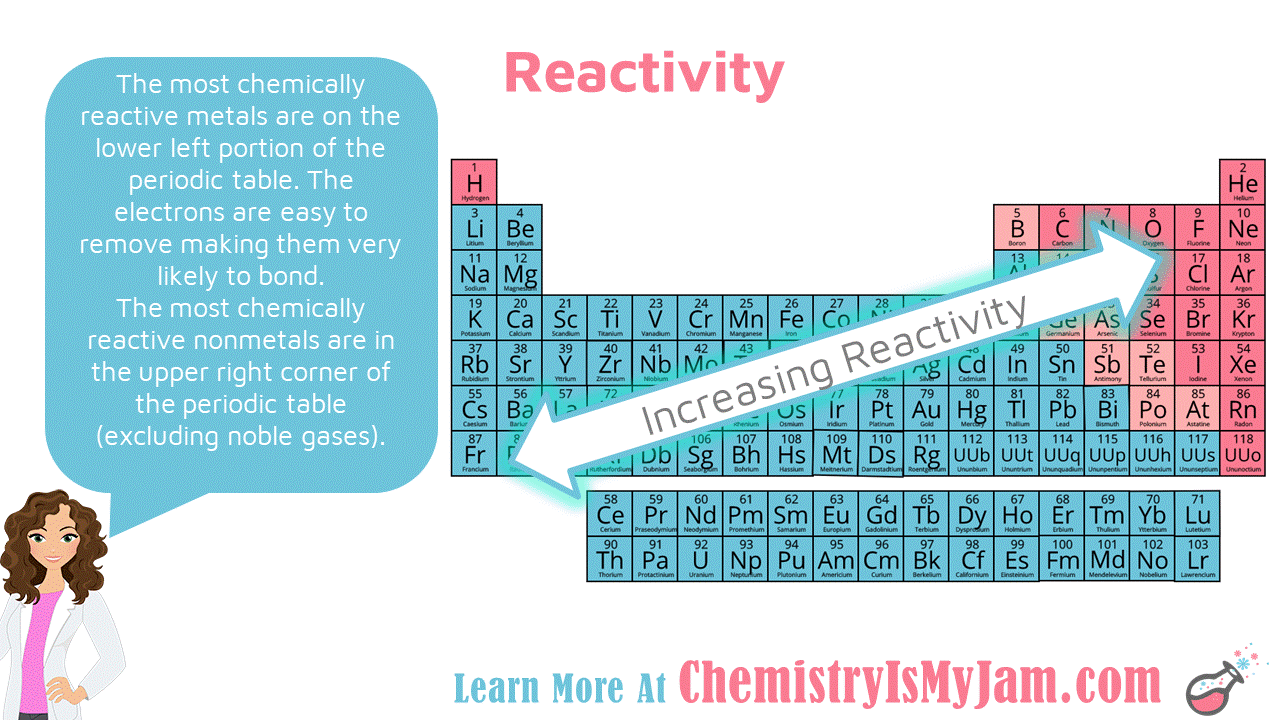What Does The Atomic Number Represent On The Periodic Table

What does the atomic number represent on the periodic table
The atomic number is the number of protons in an atom, and isotopes have the same atomic number but differ in the number of neutrons.
What does the atomic mass represent on the periodic table?
The mass number (represented by the letter A) is defined as the total number of protons and neutrons in an atom.
What does atomic no represent?
The term atomic number, conventionally denoted by the symbol Z, indicates number of protons present in the nucleus of an atom, which is also equal to the number of electrons in an uncharged atom.
What does the atomic number best represent?
The atomic number (Z) of an element is the number of protons in the nucleus of each atom of that element. This means that the number of protons is the characteristic which makes each element unique compared to all other elements.
What 3 things does the atomic number tell us?
The three main atomic particles are protons, neutrons and electrons. The atomic number of an atom identifies the number of protons in the atom. This is the defining characteristic of an element. An atom can gain or lose neutrons or electrons while retaining its elemental identity.
What do atomic symbols represent?
The atomic symbol represents a code to identify an specific element in the Periodic Table of Elements. Atomic symbols normally consist of one or two letters from the alphabet, with the first letter capitalized, but sometimes they can contain three letters when the element has a temporary name.
How do you read the atomic number?
The number that appears below the element symbol is called the atomic mass the mass of an atom
Why atomic number is called fingerprint?
The atomic spectrum of an element is called the finger print because one can identify the element looking at the spectrum. The spectrum of two different elements can not be exactly similar just like the finger print of two different persons.
How do you read an atomic symbol?
The symbol for an atom indicates the element via its usual two-letter symbol, the mass number as a left superscript, the atomic number as a left subscript (sometimes omitted), and the charge as a right superscript.
How do you explain atomic number to a child?
An important number in an element is the atomic number. This is the number of protons in each atom. Each element has a unique atomic number. Hydrogen is the first element and has one proton, so it has an atomic number of 1.
Is atomic number the same as protons?
The number of protons in a nucleus is called the atomic number and always equals the number of electrons in orbit about that nucleus (in a nonionized atom).
What is the meaning of atomic value?
An atomic value is an instance of one of the built-in atomic data types that are defined by XML Schema. These data types include strings, integers, decimals, dates, and other atomic types. These types are described as atomic because they cannot be subdivided. Unlike nodes, atomic values do not have an identity.
Why is it called atomic?
Also, every chemical element has its own atomic number, which is the number of protons in the nucleus of one of the element's atoms. Atomic comes from the Latin atomus, "indivisible particle," from the Greek atomos, "uncut" or "indivisible."
What are fingerprints technically called?
Fingerprint identification, known as dactyloscopy, or hand print identification, is the process of comparing two instances of friction ridge skin impressions (see Minutiae), from human fingers or toes, or even the palm of the hand or sole of the foot, to determine whether these impressions could have come from the same
Why do fingerprints exist?
The fingerprints help us grab objects; the 3 D version of the ridges enables us to pick things up. Patterns on the fingers play a very important role in the fine motor skills of the hands.
What does the 1 and +1 mean on elements?
That means there is one more proton than electron. Take the number of protons (from the upper left) and use this: 1+ means there is one more proton than electron. There are 2 protons. 2 - 1 is 1, so there is one electron.
What is atomic Short answer?
An atom is a particle of matter that uniquely defines a chemical element. An atom consists of a central nucleus that is surrounded by one or more negatively charged electrons. The nucleus is positively charged and contains one or more relatively heavy particles known as protons and neutrons.
What is the full meaning of atomic?
adjective [usually ADJECTIVE noun] Atomic means relating to power that is produced from the energy released by splitting atoms. atomic energy. ...
What is atomic number in a sentence?
The amount of energy that individual atoms absorb depends on their atomic number. For example, all carbon atoms contain 6 protons in their atomic nucleus; so the atomic number of carbon is 6.
Is the atomic number same as neutrons?
The number of neutrons is equal to the difference between the mass number of the atom (M) and the atomic number (Z).











Post a Comment for "What Does The Atomic Number Represent On The Periodic Table"